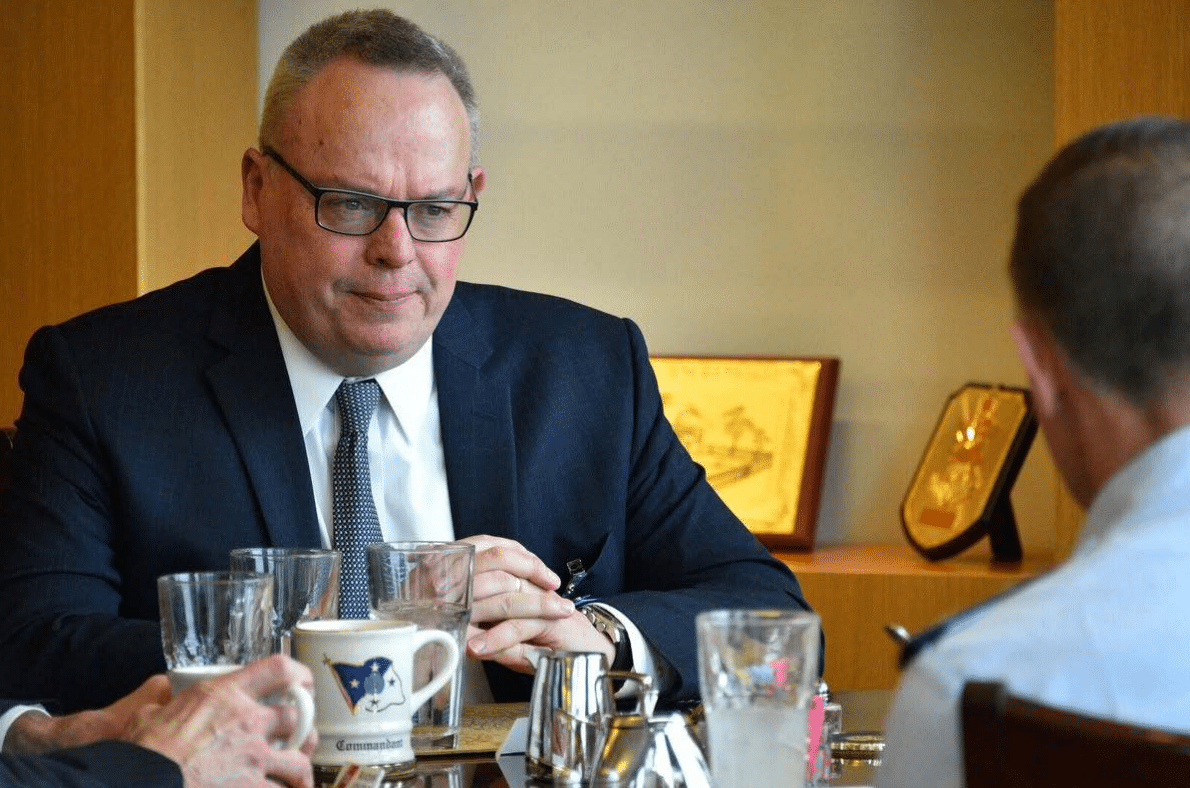President Donald Trump’s administration has announced the roll-out of the “largest-ever” baseline budget for a program that coordinates the drug war across federal, state, local and indigenous governments.
On February 25, Jim Carrol, Trump’s drug czar, released more than $266 million to regional units of the High Intensity Drug Trafficking Area (HIDTA) Program—a grant-maker overseeing operations that Vice President Mike Pence recently described as the “front lines in the war against illegal drug abuse and addiction.”
“Not only do the men and women on HIDTA teams put their lives on the line every day, they also play a vital role in stopping deadly drugs from coming into communities across the country,” said Carrol, the director of the US Office of National Drug Control Policy (ONDCP), in a press release.
Carrol contends that policing and punishing people who sell drugs is an effective strategy for “keep[ing] Americans safe.” In 2018, 99,000 people were arrested by HIDTA-funded operations.
But research in the International Journal of Drug Policy has shown that by “removing key players from the lucrative illegal drug market, drug law enforcement has the perverse effect of creating new financial opportunities for other individuals to fill this vacuum by entering the market,” which in turn can increase violence as people struggle for power in the morphing marketplace. Filter has previously reported on this phenomenon, which is sometimes known as the “freelancer effect.”
The effectiveness of HIDTA has been raised by the Congressional Research Service as a concern that lawmakers ought to review. “In conducting oversight regarding ONDCP and the HIDTA program, policymakers may question whether ONDCP is reliably and validly measuring the results and effectiveness of each individual HIDTA as well as the HIDTA program overall,” stated a 2018 report.
The record-breaking support fits with Trump’s other priorities: cracking down on movement across the US southern border and asserting unwavering support for law enforcement, regardless of the harm caused to communities, especially those of color.
In a speech to leaders of HIDTA programs, Pence emphasized their role in targeting people coming from Latin America to the US. “Nowhere is the crisis of illegal drug trafficking more evident, or our challenge more profound, than at our nation’s southern border,” he said. “You know firsthand how serious this crisis is because the southwest border High Intensity Drug Trafficking Area is among the most active in this entire program.
Pence connected anti-trafficking efforts with the the administration’s cornerstone rallying cry. “We will build that wall one way or another,” he said, at which the audience erupted in applause.
Just a week after Pence made his speech, Trump declared a State of Emergency, in part justifying it by peddling the myth that most drugs are smuggled across unguarded areas of the border. In reality, most are entering through legal ports of entry, according to the Drug Enforcement Administration’s 2018 Drug Threat Assessment.
Boosting funding for HIDTA is also in line with the president’s valorization of law enforcement and attacks on criminal justice reformers. Calling it “fashionable in recent years to criticize law enforcement officers,” Pence asserted that supporting HIDTA’s efforts is an endorsement of “the service that you render as you protect and serve our communities and in this fight against drug dealers, drug abuse, and addiction at every level of government.”
In October 2019, President Trump gave a speech to the International Association of Chiefs of Police Annual Conference and Exposition, saying that. “Under this administration, we are once again standing up for law enforcement, we’re condemning anti-police bias in all forms, and we’re giving you the support, resources, and the respect—and we have tremendous respect for you—the respect that you deserve.”
Photograph of ONDCP Director James Carroll by the ONDCP/Public Domain





Show Comments